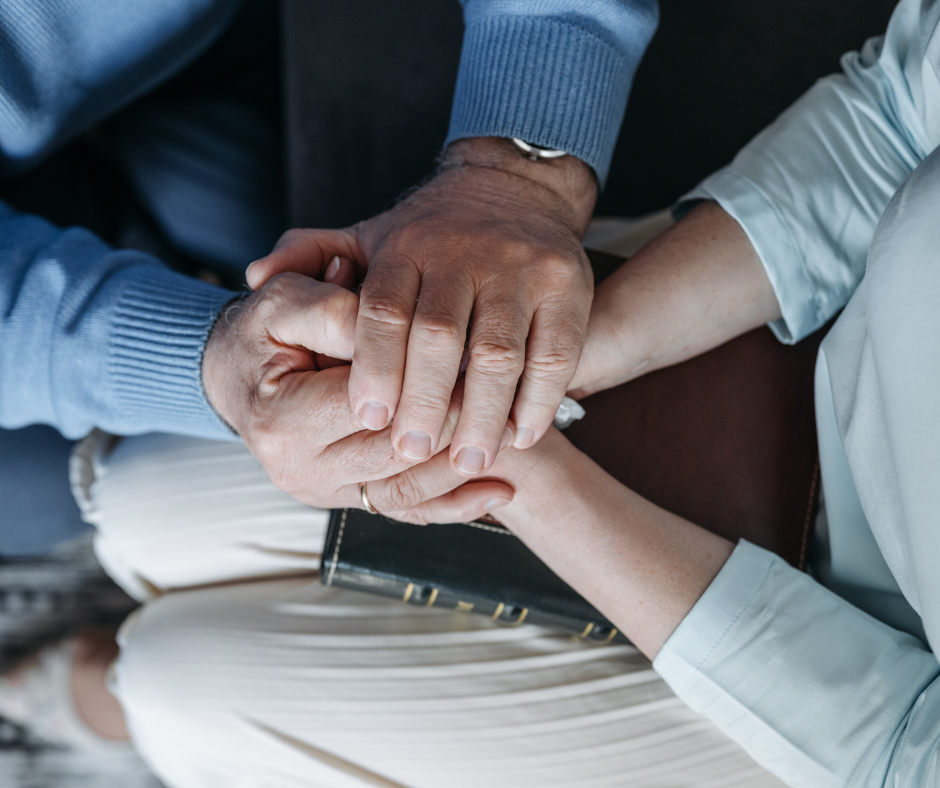Understanding the Five Stages of Grief and How to Cope
Grief is a universal experience, yet everyone processes it differently. Dr. Elisabeth Kübler-Ross identified the Five Stages of Grief—denial, anger, bargaining, depression, and acceptance—to help people understand the emotions that often accompany loss. While these stages provide a framework, it’s important to note that grief isn’t linear, and not everyone will go through all five stages.
This guide explores what each stage entails and offers insights into coping with the emotions that arise. Whether you’re grieving a loved one, a relationship, or a significant life change, understanding these stages can provide comfort and clarity during a challenging time.

Stage 1: Denial – The First Reaction to Loss
Denial is often the initial response to loss. It serves as a protective mechanism, allowing individuals to process the reality of their situation gradually.
Common signs of denial include:
- Difficulty accepting the loss has occurred.
- Numbness or shock.
- Avoidance of conversations or reminders about the loss.
How to Cope:
- Give yourself time to process the news without rushing.
- Share your feelings with someone you trust to help bridge the gap between denial and acceptance.
- Journaling or reflecting can also help you explore your emotions at your own pace

Stage 2: Anger – The Emotional Release
As the reality of the loss sets in, feelings of anger often emerge. This anger may be directed at oneself, others, or even the person or situation associated with the loss.
Common experiences during the anger stage include:
- Frustration over the circumstances.
- Blaming others or feeling a sense of injustice.
- Emotional outbursts or irritability.
How to Cope:
- Recognize that anger is a natural part of grief, not something to suppress.
- Channel your emotions through physical activity, creative outlets, or talking with a counselor.
- Practice self-compassion—allow yourself to feel without guilt.
Stage 3: Bargaining – Searching for Meaning or Control
During the bargaining stage, individuals may dwell on “what if” scenarios or make internal negotiations to regain a sense of control. This stage often reflects feelings of helplessness or guilt.
Examples of bargaining thoughts include:
- “If only I had done something differently, this wouldn’t have happened.”
- “I’ll do anything to change this situation.”
- Seeking ways to reverse or make sense of the loss.
How to Cope:
- Acknowledge that bargaining is a way of seeking answers or closure.
- Practice mindfulness to focus on the present rather than hypothetical scenarios.
- Connect with a support group or professional to navigate these complex emotions.
Stage 4: Depression – The Depth of Grief
Depression often arises when the weight of the loss becomes overwhelming. This stage is marked by profound sadness and a sense of emptiness, but it is also a critical step toward healing.
Signs of depression in grief include:
- Withdrawing from social activities.
- Loss of energy or motivation.
- Feelings of hopelessness or despair.
How to Cope:
- Reach out to trusted friends, family, or mental health professionals for support.
- Establish a routine to bring structure and stability to your day.
- Remember that experiencing depression during grief is normal and doesn’t mean you’re weak or failing


Stage 5: Acceptance – Finding Peace with Loss
Acceptance doesn’t mean you’re “over” the loss; rather, it signifies reaching a place of peace and understanding. This stage involves learning to live with the loss and finding ways to move forward.
Characteristics of acceptance include:
- Acknowledging the loss as part of your life story.
- Adjusting to a new reality without the person or situation you’ve lost.
- Finding ways to honor the memory or lessons associated with the loss.
How to Cope:
- Focus on self-care and activities that bring you joy or fulfillment.
- Memorialize your loved one or the experience in meaningful ways, such as creating a scrapbook or volunteering in their honor.
- Be patient with yourself—grief doesn’t have a timeline.
Moving Forward: Embracing Healing at Your Own Pace
The Five Stages of Grief are not a rigid path but rather a guide to understanding the emotions that accompany loss. Everyone’s grief journey is unique, and there’s no right or wrong way to grieve.
Healing comes from acknowledging your feelings, seeking support, and finding ways to move forward while cherishing the memories and experiences that shaped you. Whether through professional help, support groups, or self-reflection, remember that it’s okay to grieve and that brighter days are ahead.
Take each day as it comes, and trust that the process of grief, while painful, can ultimately lead to resilience and growth.
FAQs about the Five Stages of Grief
No, the Five Stages of Grief are not experienced in a strict order. Grief is a personal and unique process, and individuals may move back and forth between stages or skip some altogether. For example, someone might feel anger before denial or experience depression while bargaining. It’s important to understand that these stages are a framework to help people process their emotions, not a step-by-step guide.
Yes, it’s possible to feel stuck in one stage of grief, especially in denial or depression. When grief feels overwhelming, some people may struggle to move forward. This can happen if they don’t have adequate support or if the loss was particularly traumatic. Seeking help from a counselor, therapist, or support group can be crucial in overcoming this challenge and continuing the healing process at a manageable pace.
There’s no set timeline for grieving, as it varies for each person and situation. Some individuals may move through the stages quickly, while others take months or years to process their emotions. External factors, such as the nature of the loss and the availability of a support system, also play a role. The key is to allow yourself the time and space to grieve without comparing your journey to others’ experiences.
The best way to support someone grieving is to listen without judgment and offer your presence. Avoid trying to “fix” their feelings or rush them through the process. Instead, validate their emotions and let them know it’s okay to feel sad, angry, or confused. Offering practical help, such as cooking meals or assisting with errands, can also show care. If their grief feels unmanageable, gently suggest seeking professional help or joining a support group.


